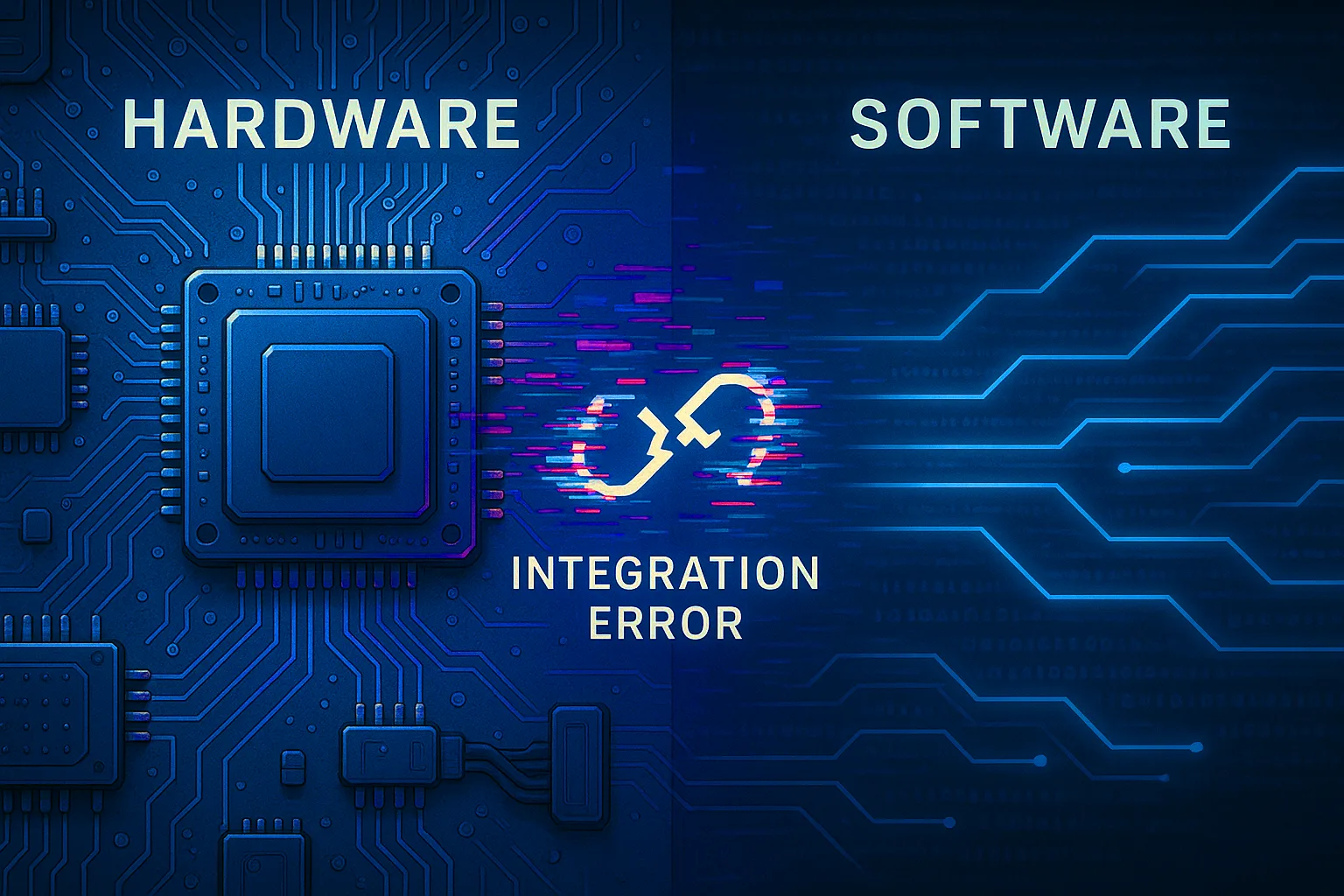Leading remote software teams can be like trying to synchronize a cross-country orchestra: Sarah in San Francisco is just beginning her day, Mike in New York is already eyeing his lunch break, and Emily in Chicago is deep into her morning meetings. Meanwhile, you’re there, attempting to align their schedules for a single standup meeting. Yes, remote work broadens your talent pool and offers unmatched flexibility, but it’s not without its hurdles. Fear not, whether you’re a seasoned pro in management or just stepping into the realm of virtual leadership, steering a remote software team can be more seamless than you think. Here are 5 practical tips to transform these challenges into triumphs:
Tip #1: Master the Art of Communication
Good communication is the lifeblood of leading remote teamwork effectively. It’s essential to adopt various communication styles tailored to different needs to optimize clarity and efficiency. Quick check-ins, for instance, might be perfect for project updates or daily stand-ups, ensuring everyone is aligned on immediate tasks. On the other hand, more complex discussions, nuanced feedback, or strategic planning can be reserved for video calls, where visual cues and the immediacy of live conversation can greatly aid understanding.
To enhance these interactions, setting clear remote meeting rules—such as starting on time, having a clear agenda, and ensuring every voice is heard—can significantly improve team dynamics and productivity. Moreover, embracing tools like shared calendars for scheduling and digital whiteboards for brainstorming sessions can foster a collaborative environment even in a digital space. And remember, in the realm of remote work, overcommunication is often better than leaving room for assumptions.
Encouraging your team to err on the side of sharing too much information can prevent misunderstandings and keep everyone on the same page. Establishing a culture of open, transparent communication where feedback is welcomed and valued also contributes to a healthy, productive remote working environment.
Tip #2: Embrace Your Digital Toolbox
The right set of tools can make or break a remote team, serving as the backbone for daily operations and communication. Essential tools for email, file sharing, instant messaging, project management, and video conferencing keep the workflow smooth and ensure that everyone is on the same page. Popular platforms like Slack for quick chats, Zoom for face-to-face meetings, Trello for tracking tasks, and Google Drive for storing and sharing documents are invaluable for fostering a culture of seamless collaboration.
Investing time in picking the right tools isn’t just a wise decision; it transforms how teams interact and can significantly boost productivity. Moreover, with the rise of remote work, cybersecurity has never been more important. Ensuring that your team uses secure, encrypted tools to protect sensitive information is crucial. This means conducting regular security audits and training your team on best practices in digital security, making your remote work environment not only efficient but also safe.
Tip #3: A Personal Productivity-Enhancing Workspace
A dedicated workspace is more than just a spot in your home; it’s a sanctuary for focus and productivity. The importance of finding a quiet, designated space cannot be overstressed, especially one that is well-equipped with the essential technology needed for seamless work—this includes a reliable internet connection, a high-performing computer, a clear microphone, and a high-quality video camera. Such a setup not only fosters a distraction-free zone conducive to deep work but is also crucial for maintaining a healthy balance between professional and personal life, a challenge many remote workers face.
Encouraging your team to personalize their workspaces can also significantly enhance their daily work experience. An ergonomic chair that supports a healthy posture, noise-cancelling headphones to block out distracting background noise, good lighting to reduce eye strain, and even desk plants for a touch of nature can dramatically increase comfort and efficiency. These personal touches not only make the space aesthetically pleasing but also psychologically uplifting, promoting a sense of well-being that is directly tied to productivity.
Furthermore, investing in the right tools and gadgets that complement the nature of one’s work can elevate the workspace even more. Whether it’s dual monitors for multitasking or a standing desk for those who prefer moving while working, tailoring the workspace to fit one’s specific needs can lead to significant improvements in work output and job satisfaction. Creating a workspace that reflects personal preferences and professional requirements shows a commitment to one’s craft and well-being, setting the stage for sustained productivity and success in the remote work environment.
Tip #4: Ssshhhhh! Implement Quiet Hours
To cultivate an environment conducive to deep focus and high productivity, introducing communication quiet hours can be a transformative strategy. During these designated periods, team members are encouraged to turn off instant messaging apps and silence email notifications, effectively minimizing distractions. This initiative can take the form of a team-wide quiet time, where the entire group simultaneously goes into a mode of deep work, or it could be tailored as individual zen hours, allowing each person to immerse themselves in their tasks without interruption.
Giving team members the autonomy to choose hours that work best for them is crucial, as it acknowledges and respects their unique work rhythms and time zones. Such flexibility ensures that everyone can benefit from periods of uninterrupted focus, regardless of their geographic location or personal schedule. Additionally, this practice can be further customized by allowing team members to set up automated status updates or out-of-office messages during their quiet hours, signaling to colleagues that they are in a deep work session and will respond once it concludes.
Implementing communication quiet hours also encourages a culture of respect for everyone’s time and attention. It sends a clear message that the organization values deep work and is committed to creating the conditions necessary for it. To further support this initiative, providing guidance on how to effectively manage tasks during quiet hours, such as batching work, setting specific goals, and minimizing potential distractions in advance, can help team members make the most of this time.
Tip #5: Champion Self-Care
Last but not least, when you are leading remote software teams it is paramount to encourage your team to prioritize self-care actively. Taking regular breaks is not just a luxury; it’s a necessity for maintaining both mental and physical well-being. One innovative way to promote this within your team is to advocate for “walking” phone meetings. This approach ingeniously combines physical activity with work obligations, allowing team members to step away from their desks, get their blood flowing, and refresh their minds, all while staying productive.
Beyond just encouraging breaks, it’s essential to cultivate a culture where regular check-ins on both workload and personal well-being are the norm. These check-ins provide a safe space for team members to express concerns about their tasks, share personal achievements or challenges, and receive the support they need. This practice can play a pivotal role in preventing burnout, reducing stress, and ensuring that your team remains motivated, engaged, and, above all, healthy.
Additionally, consider implementing flexible working hours to accommodate the diverse life responsibilities and rhythms of your team members. Recognizing that everyone has unique circumstances and productivity peaks contributes to creating a more inclusive and supportive work environment. Flexibility in work hours can lead to increased job satisfaction, better work-life balance, and heightened loyalty and commitment to the organization.
To further support self-care, providing resources and tools such as access to wellness programs, mental health days, and ergonomic work equipment can also be incredibly beneficial. Encouraging and facilitating activities such as mindfulness meditation, yoga sessions, or even virtual coffee breaks can foster a sense of community and well-being among team members.
Leading a remote software team effectively is all about striking the right balance. It’s a mix of choosing the best tools, implementing smart communication strategies, and maintaining an empathetic approach towards your team members. By embracing these five key strategies, you’re setting the stage for building a team that’s not only cohesive and productive but also genuinely content.





